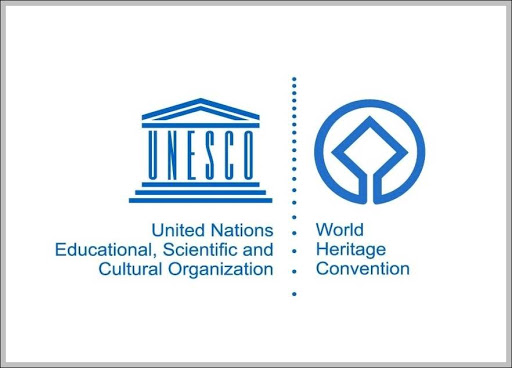Musawwarat es-Sufra (Sudan)
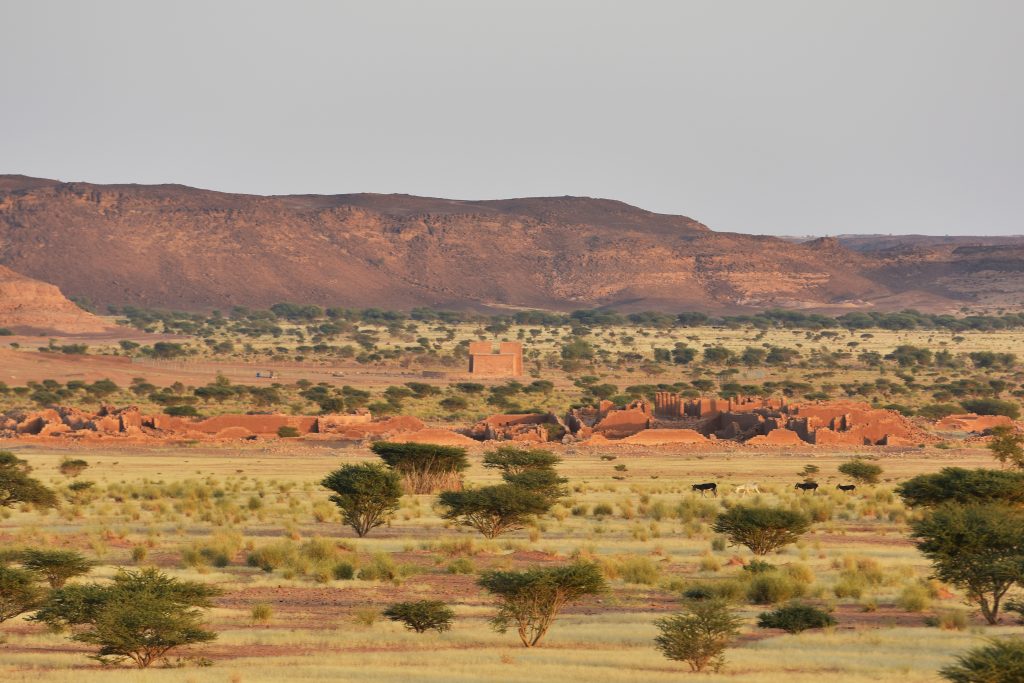
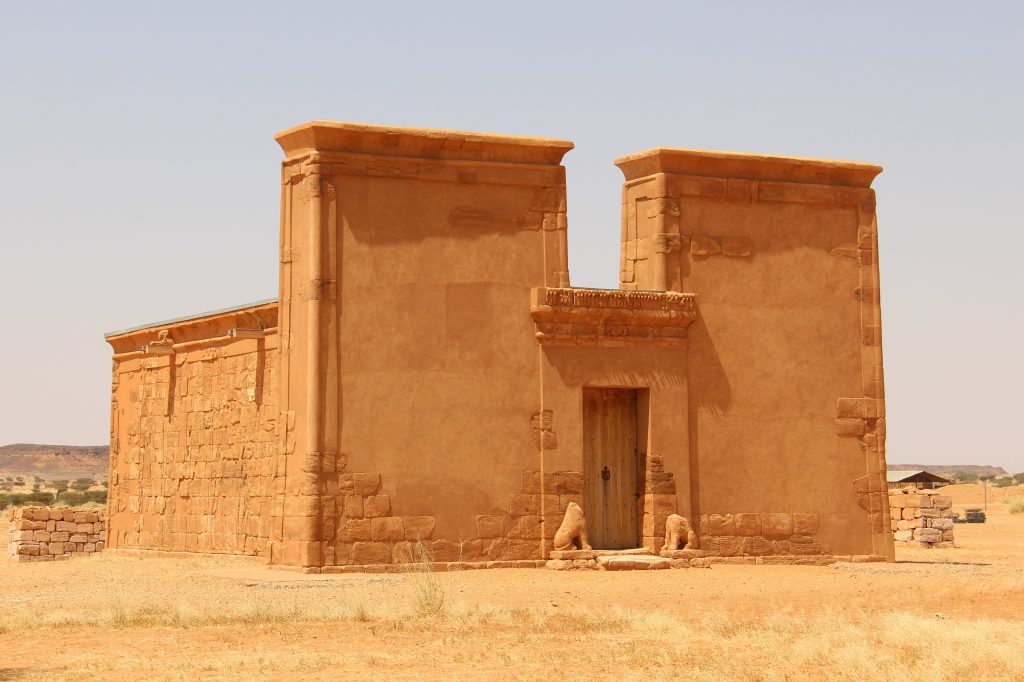
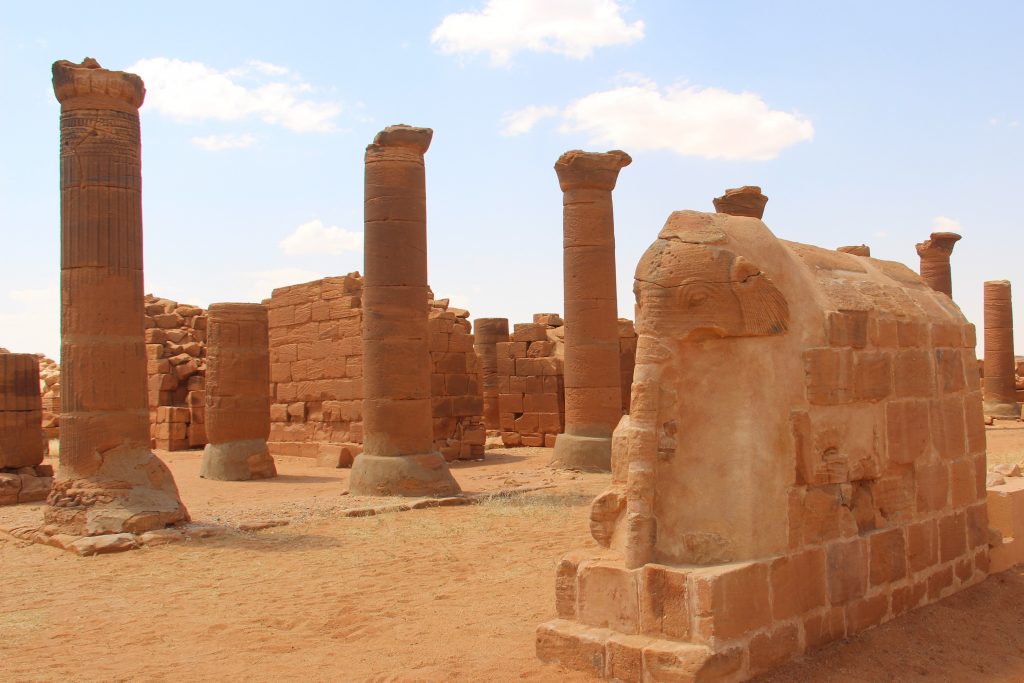
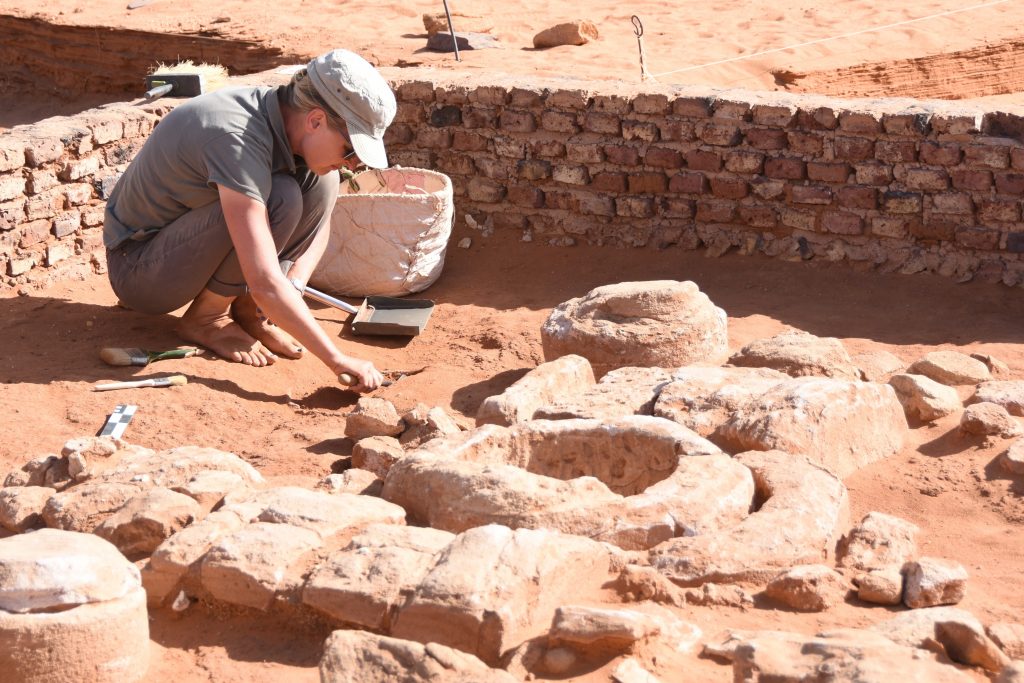
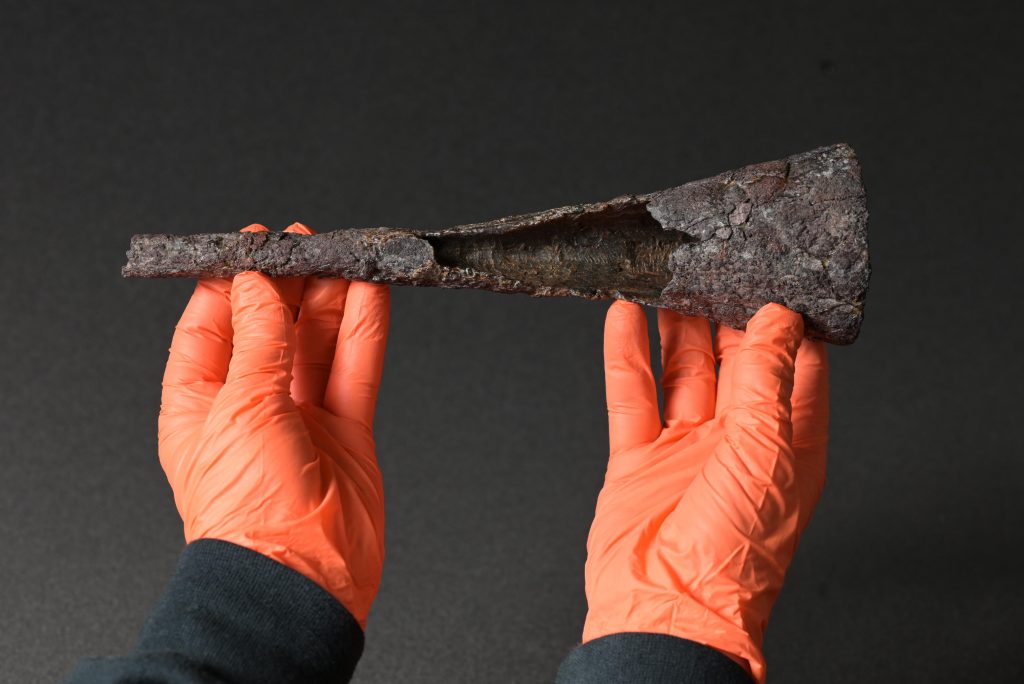
As part of the ‘Archaeological Sites of the Island of Meroe’ UNESCO World Heritage entry, Musawwarat es-Sufra is one of the best preserved and most intriguing monumental archaeological sites in Sudan. Musawwarat comprises extensive – and in parts singular –architectural structures in a picturesque, remote valley in what was the heartland of the ancient Kingdom of Kush. The types of buildings and the absence of substantial occupation debris indicate that throughout the Meroitic period Musawwarat was dedicated to hosting large-scale cult activities rather than being a dwelling place.
Most of the temples and temple complexes visible today date to the beginning of the Meroitic period of the Kingdom of Kush, which stretched from the 3rd century BC to the 4th century AD. This makes Musawwarat one of the few archaeological sites with well-preserved remains from the Early Meroitic period. At this transformative time, we see significant changes in various aspects of cultural expression, among them religion, arts and architecture, with local or ‘indigenous’ facets of Kushite culture becoming more pronounced and visible. Manifestations of this shift are pronounced at Musawwarat, which boasts the earliest known durable temple for the local lion-headed god Apedemak, unique architectural and decorative solutions as well as early examples of a newly developed script for the local Meroitic language, one of the first written languages of sub-Saharan Africa.
The site of Musawwarat has long been the subject of archaeological research under the auspices of Humboldt-Universität zu Berlin in cooperation with the Sudanese National Corporation for Antiquities and Museums (NCAM). In-depth surveys and excavations were accompanied by extensive conservation, restoration, maintenance and public presentation measures. A new research project based at the DAI-KAAK continues and builds on this work by bringing together diverse strands of evidence from field, archival and collections research in order to study the sensescapes of Musawwarat. In particular, the project asks to what extent ‘local traditions’ could have been manifested in concepts of space, aspects of visual culture or the sensorial bandwidth of cult practices and how these may have been incorporated into the planning, design and use of the architectural structures in the valley of Musawwarat. After previous research has mainly focused on influences from Egypt, the Mediterranean and the Near East, this project investigates some of the multifaceted cultural expressions of the Meroitic world from the perspectives of African, Sensory and Spatial Archaeology.
Members
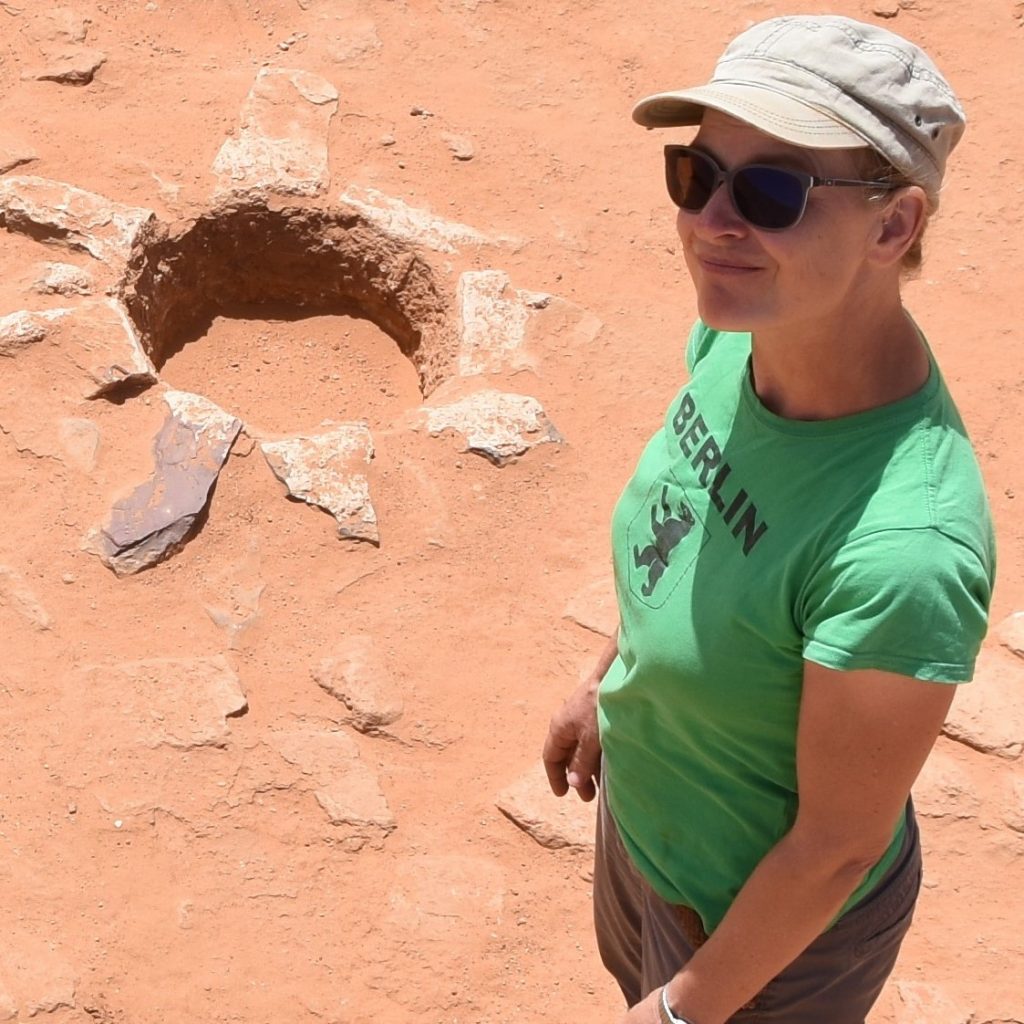
Dr. Cornelia Kleinitz
Commission for Archaeology of Non-European Cultures
cornelia.kleinitz@dainst.de
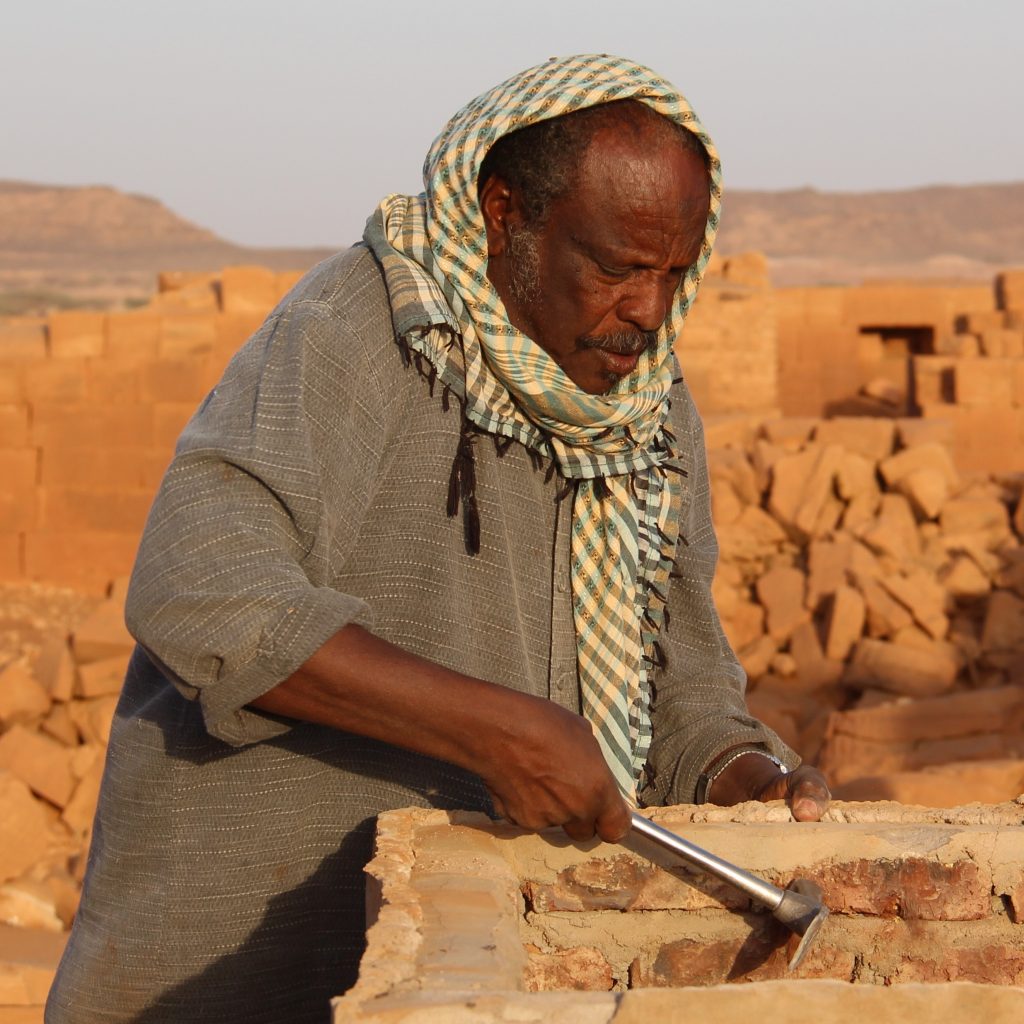
Zaroog Bakri Mohamed Ahmed M.A.
National Corporation for Antiquities and Museums (NCAM)
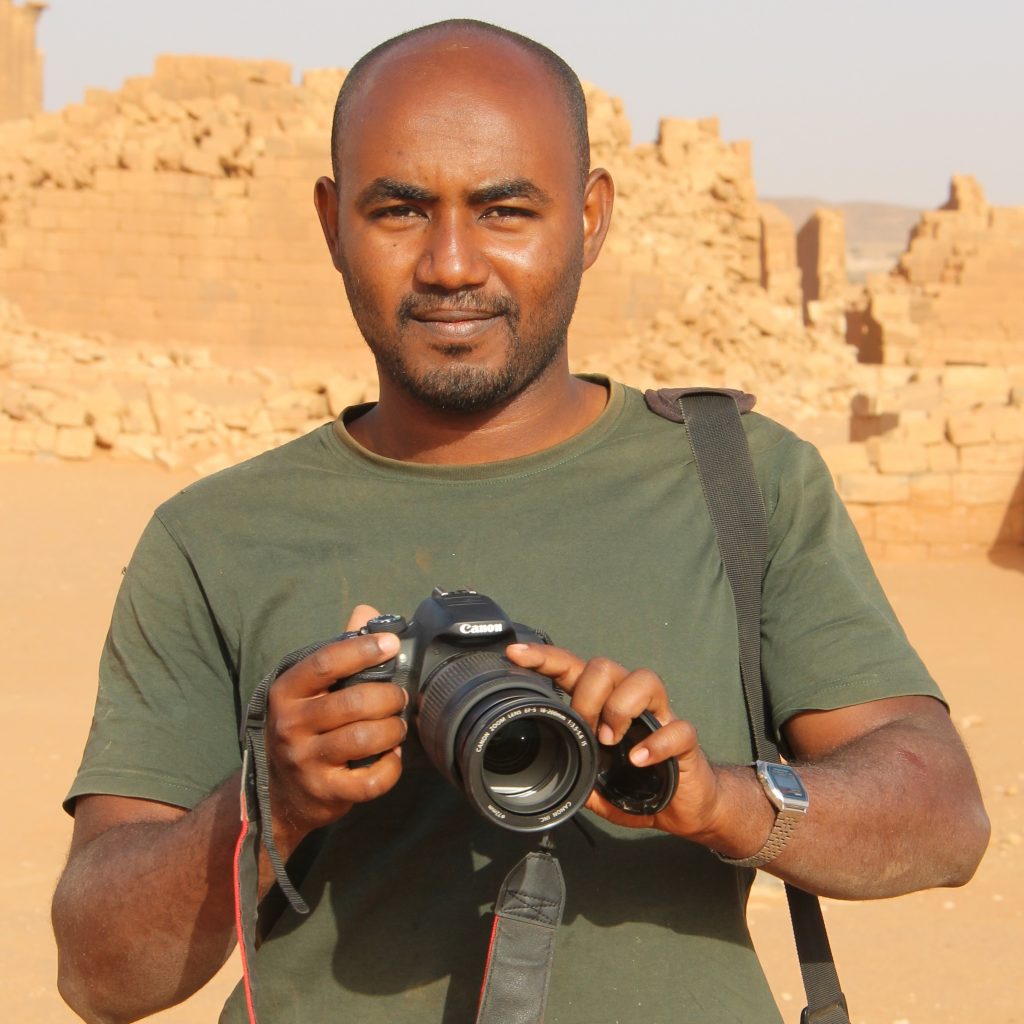
Alfatih Mohamed Ali Saeed, M.A.
University of Khartoum
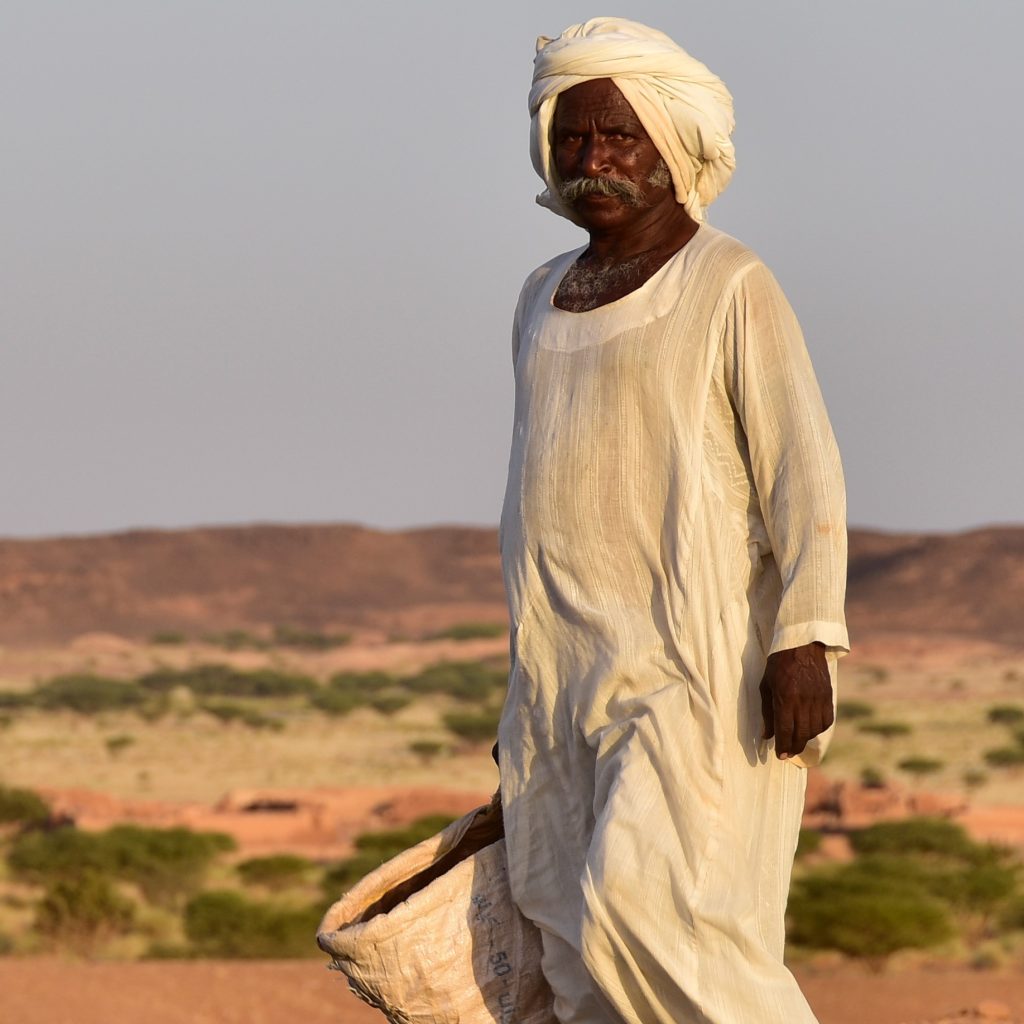
Hassan Ebeid-Allah Abdalla
Musawwarat Community Council
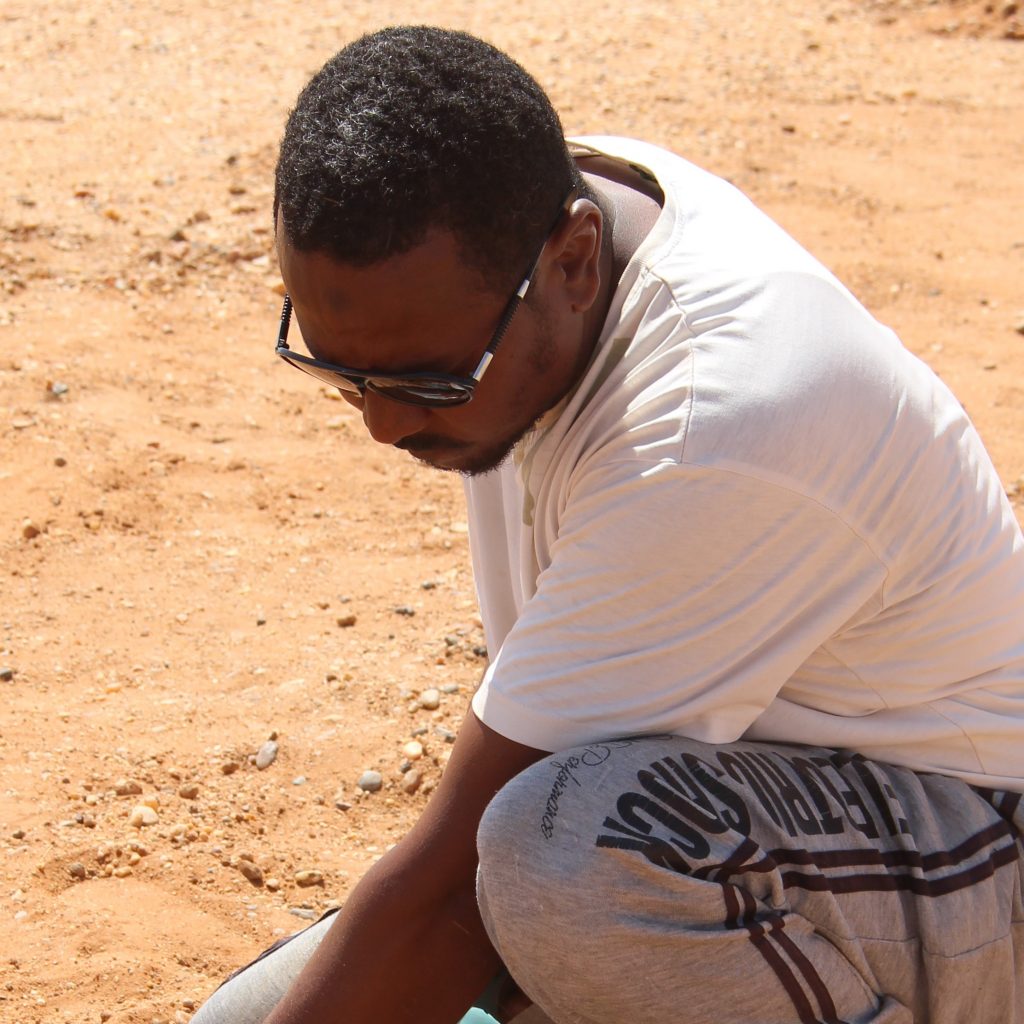
Ayman Hassan Salih Osman
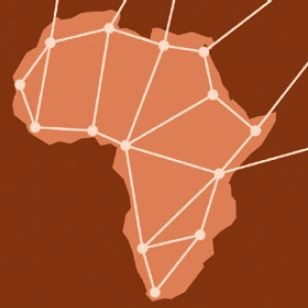
Dipl.-Ing. Christian Hartl-Reiter
Commission for Archaeology of Non-European Cultures
Partner institutions
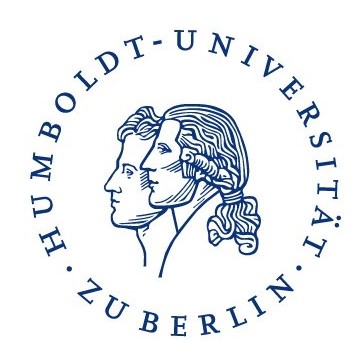
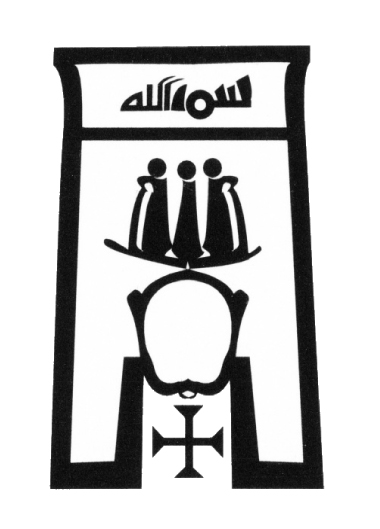
National Corporation for Antiquities and Museums (NCAM) in Khartoum
Figure Captions
Fig. 1 Valley of Musawwarat with the Great Enclosure in the foreground and the Apedemak Temple in the background [Musawwarat Project, photo by Ahmed Mustafa Elsheikh].
Fig. 2 Apedemak or Lion Temple at Musawwarat [Musawwarat Project, photo by Cornelia Kleinitz].
Fig. 3 Elephant-shaped wall end and part of Temple 100 on the Central Terrace of the Great Enclosure at Musawwarat [Musawwarat Project, photo by Cornelia Kleinitz].
Fig. 4 Re-excavating an offering area in the vicinity of the Apedemak Temple at Musawwarat [Musawwarat Project, photo by Pedro Rodriguez Simon].
Fig. 5 Studying an ancient iron trumpet from Musawwarat in the Sudan Archaeological Collection & Archive at Humboldt-Universität zu Berlin [Musawwarat Project, photo by Alvaro Minguito].
